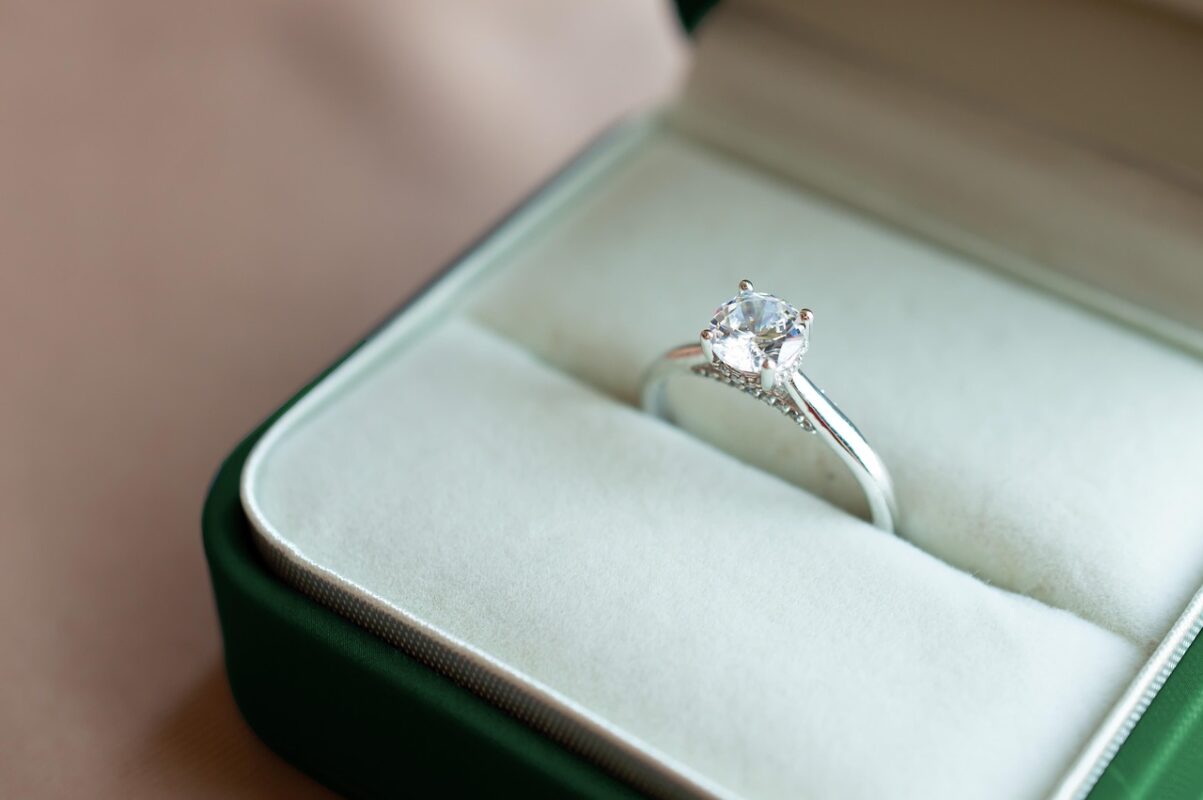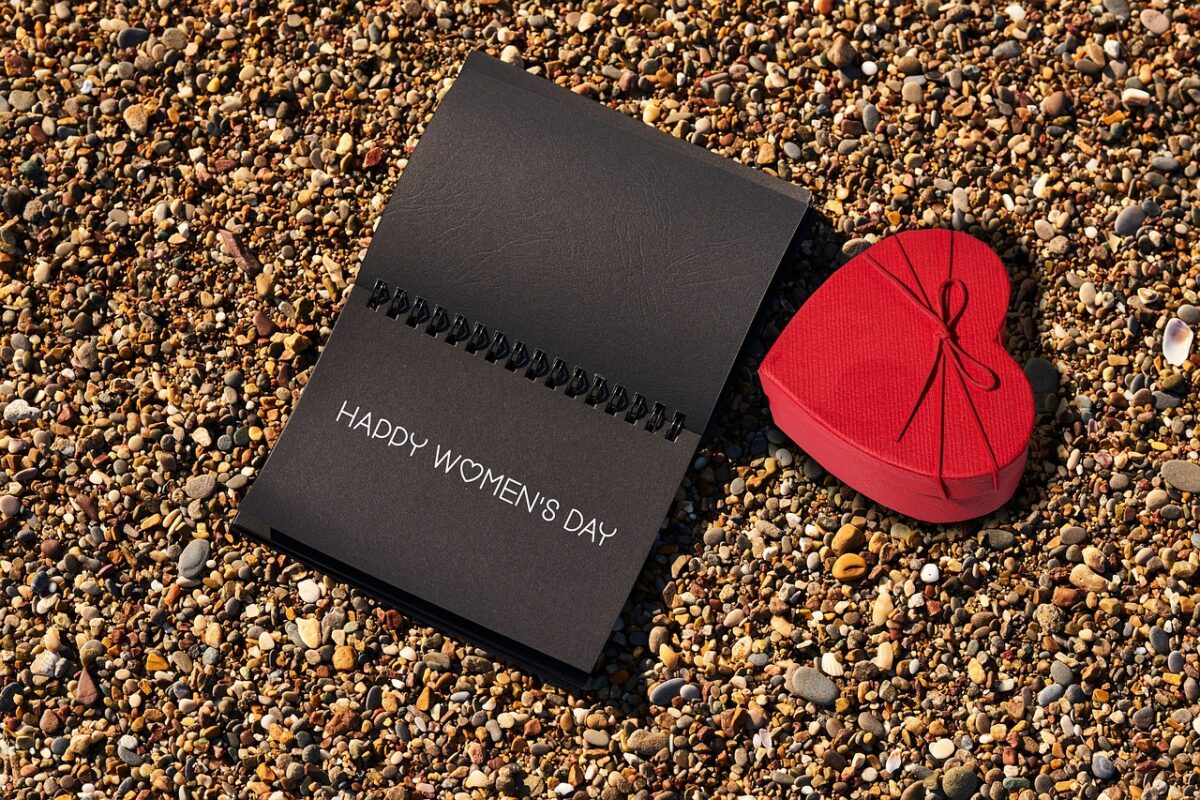Opal Rings: The Captivating Gemstone Choice Defining Modern Jewelry Trends
In the dynamic world of fine jewelry, trends come and go, but some gemstones possess a timeless allure that periodically surges into the spotlight. Opal rings are currently experiencing such a renaissance. As a gemologist with over two decades of experience in the jewelry industry, I have observed the cyclical nature of gem preferences. The current widespread appeal of opal rings is not a fleeting fancy; it is rooted in a powerful combination of aesthetic uniqueness, symbolic meaning, and contemporary design innovation. This article explores the compelling reasons behind their trending status and provides essential information for prospective buyers.
The Allure of the Inner Galaxy
Unlike any other gemstone, opals are celebrated for their “play-of-color,” a mesmerizing optical phenomenon where flashes of spectral colors shift and dance as the stone is moved. This is caused by the diffraction of light through microscopic silica spheres within the stone. Each opal is a one-of-a-kind masterpiece of nature, ensuring that no two opal rings are ever identical. This inherent uniqueness resonates deeply with modern consumers who prioritize individuality and personal expression in their accessories.
Key Factors Driving the Opal Ring Trend
1. Personalization and Symbolism: Opals are often associated with creativity, hope, and purity. Many individuals are drawn to them not just for their beauty, but for the personal significance they hold, making them popular for bespoke engagement rings and sentimental gifts.
2. Versatility in Design: Contemporary jewelers are masterfully setting opals in a variety of metals, from classic yellow gold to modern rose gold and sleek platinum. This versatility allows opal rings to seamlessly transition from bohemian and vintage-inspired designs to minimalist, modern settings.
3. Celebrity and Media Influence: The visibility of opal rings on red carpets and in popular media has significantly boosted their desirability, positioning them as a sophisticated and artistic choice for the fashion-forward individual.
A Professional’s Guide to Opal Ring Specifications
Before making a purchase, understanding the core specifications is crucial. This knowledge empowers you to select a high-quality piece that will last for generations.
Common Opal Types Used in Jewelry:
White Opal: Features a light body color with a play-of-color on a white or light gray background.
Black Opal: The most valuable type, characterized by a dark body tone (dark blue to black) that provides a dramatic contrast for a vibrant play-of-color.
Boulder Opal: Naturally formed attached to its ironstone host rock, creating unique and organic patterns.
Crystal Opal: Any opal with a transparent to semi-transparent body that allows the play-of-color to be viewed through the stone.
* Ethiopian Opal: A newer source known for its often large, vibrant patterns and hydrophane nature (it can absorb water).
Essential Specification Table for Opal Rings
| Specification | Details and Considerations |
| :— | :— |
| Opal Type | Determines value, durability, and appearance (e.g., Black Opal is rarer than White Opal). |
| Carat Weight | Impacts the size and presence of the ring. Opals are less dense than diamonds, so a 1-carat opal will appear larger. |
| Cut & Shape | Common shapes include oval, cabochon (smooth, polished, non-faceted), and freeform. The cut should maximize the play-of-color. |
| Setting Style | Bezels offer more protection for the opal’s edges. Claw settings show more of the stone but require careful wear. |
| Metal Purity | Common choices are 14k or 18k Gold (yellow, white, rose) or Platinum. Higher karat gold is softer but has a richer color. |
| Durability | Opals are relatively soft (5.5-6.5 on the Mohs scale). They require protective settings and careful handling to avoid chips and cracks. |
Caring for Your Opal Ring
Due to their composition, opals require specific care. Avoid exposing them to harsh chemicals, extreme temperature changes, and prolonged direct sunlight. Clean them only with a soft, damp cloth and mild soap. It is advisable to remove your opal ring during strenuous activities, gardening, or household chores.
Frequently Asked Questions
Q: Are opal rings suitable for everyday wear?
A: While opal rings can be worn regularly, they are not as hard as diamonds or sapphires. Their suitability for daily wear depends heavily on the protective quality of the setting, such as a full bezel, and the wearer’s lifestyle. For those with active routines, reserving an opal ring for special occasions is a prudent choice to preserve its beauty.
Q: How does the play-of-color in an opal affect its value?
A: The value is directly influenced by the play-of-color. Key factors include the range of spectral colors present (reds being rarer than blues and greens), the brightness and intensity of the colors, and the pattern. A stone with a bright, broad-spectrum play-of-color that covers a significant portion of the surface is considered more valuable.
Q: What is the difference between a solid opal and a doublet or triplet?
A: A solid opal is a single, natural piece of opal. A doublet is a thin layer of natural opal glued to a dark backing material to enhance its color contrast. A triplet adds a clear, domed quartz or glass cap on top of the opal layer for protection. Solid opals are the most valuable and durable for long-term jewelry, while doublets and triplets offer a more affordable entry point.
In conclusion, the trend toward opal rings is a testament to a growing appreciation for unique, expressive, and meaningful jewelry. By understanding their characteristics and caring for them properly, you can invest in a piece that is not only stylish but also a lasting treasure.









